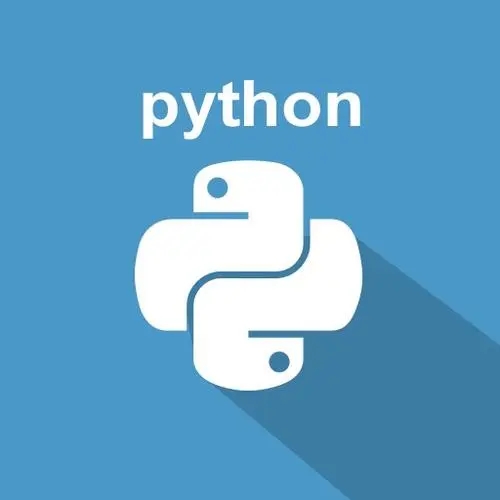
Python解析XML中的特定属性数据
XML(可扩展标记语言)是一种用于存储和传输数据的语言,常用于各种数据交换和存储方案。在使用Python处理XML数据时,我们经常需要从XML中提取特定属性的数据。本文将介绍如何使用Python解析XML文件中的特定属性数据,并提供代码示例。
首先,我们需要安装一个Python库来处理XML数据。在Python中,有几个常用的库可以完成这项任务,例如xml.etree.ElementTree和xml.dom.minidom。本文将使用xml.etree.ElementTree作为示例。
首先,我们需要导入xml.etree.ElementTree库,并使用其parse函数来解析XML文件。下面是一个示例XML文件(data.xml)的内容:
立即学习“Python免费学习笔记(深入)”;
<students>
<student id="1">
<name>Tom</name>
<age>18</age>
</student>
<student id="2">
<name>Alice</name>
<age>20</age>
</student>
<student id="3">
<name>Bob</name>
<age>19</age>
</student>
</students>接下来,我们可以使用以下代码解析XML文件并提取特定属性的数据:
import xml.etree.ElementTree as ET
# 解析XML文件
tree = ET.parse('data.xml')
# 获取根节点
root = tree.getroot()
# 遍历所有学生节点
for student in root.findall('student'):
# 获取学生节点的id属性值
student_id = student.get('id')
# 获取学生节点下的name和age子节点的文本内容
name = student.find('name').text
age = student.find('age').text
# 打印学生信息
print(f"Student ID: {student_id}")
print(f"Name: {name}")
print(f"Age: {age}")
print()上述代码中,我们首先使用ET.parse函数解析XML文件,并使用tree.getroot()获取根节点。然后,使用root.findall函数找到所有名为"student"的子节点,并通过.get方法获取每个学生节点的id属性值。再使用.find方法找到学生节点下的"name"和"age"子节点,并使用.text属性获取其文本内容。
最后,我们打印出每个学生的信息。以下是代码的输出:
Student ID: 1 Name: Tom Age: 18 Student ID: 2 Name: Alice Age: 20 Student ID: 3 Name: Bob Age: 19
通过以上示例,我们可以看到如何使用Python解析XML文件并提取特定属性的数据。根据实际需求,我们可以根据节点的层级关系和属性名称来定位并提取所需的数据。
总结起来,Python提供了强大的库来处理XML数据。使用xml.etree.ElementTree库,我们可以轻松解析XML文件,并提取我们所需要的特定属性的数据。以上示例代码将帮助您在实际项目中更有效地处理XML数据。
代码示例:
import xml.etree.ElementTree as ET
# 解析XML文件
tree = ET.parse('data.xml')
# 获取根节点
root = tree.getroot()
# 遍历所有学生节点
for student in root.findall('student'):
# 获取学生节点的id属性值
student_id = student.get('id')
# 获取学生节点下的name和age子节点的文本内容
name = student.find('name').text
age = student.find('age').text
# 打印学生信息
print(f"Student ID: {student_id}")
print(f"Name: {name}")
print(f"Age: {age}")
print()输出示例:
Student ID: 1 Name: Tom Age: 18 Student ID: 2 Name: Alice Age: 20 Student ID: 3 Name: Bob Age: 19
以上就是使用Python解析XML中的特定属性数据的方法和示例代码。希望本文对你有所帮助!
以上就是Python解析XML中的特定属性数据的详细内容,更多请关注php中文网其它相关文章!

python怎么学习?python怎么入门?python在哪学?python怎么学才快?不用担心,这里为大家提供了python速学教程(入门到精通),有需要的小伙伴保存下载就能学习啦!

Copyright 2014-2025 https://www.php.cn/ All Rights Reserved | php.cn | 湘ICP备2023035733号